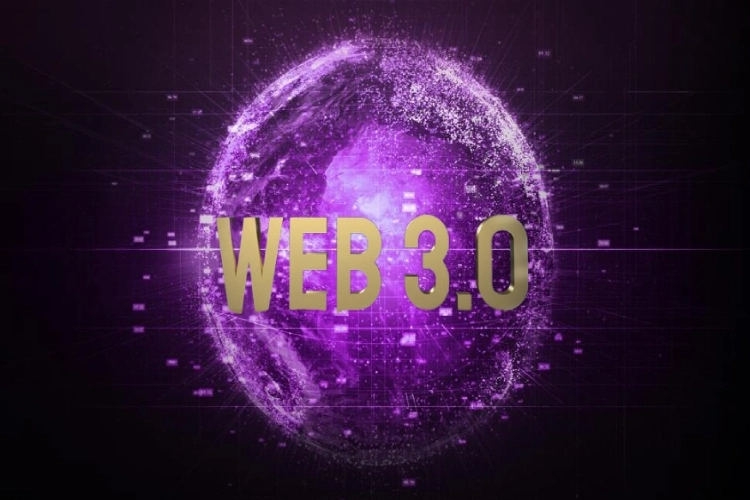The Strategic Planning Process involves four key elements: assessing the current situation, setting goals, identifying potential obstacles, and determining the steps needed to reach the desired outcome. This process is crucial in ensuring that a clear path is laid out to achieve the desired result. Here are some of the things to look at:
Aligned strategy development
Creating a strategic plan is an important aspect of an organization’s growth and success. The process of developing a strategic plan is composed of three parts: alignment, inputs, and vision.
The first part of the strategic planning process is alignment. There are three types of alignment to consider in the planning process: alignment with the leadership team, alignment with the vision and strategy, and alignment within the whole organization. It is important to ensure that everyone is on the same page and has a clear understanding of what is expected of them in order to achieve the desired results.
The second part of the process is getting inputs. This involves conducting an external analysis such as a SWOT or PEST analysis and an internal analysis, such as a stakeholder engagement survey or management team inputs. A strategic planning session is also an important part of this process as it helps to gather valuable insights and information that can be used in the development of the strategic plan.
The most important part of creating a strategic plan is the vision. This is where the organization decides where it wants to go. The vision should be descriptive, inspiring and motivating. The vision should describe what the organization will look like in the future, including what the operations, staff, clients and overall organization will look like. It is important to think of the vision as a blueprint for the organization, as it will serve as a guide for future decision making.
When it comes to planning for the future of your organization, it’s important to have a clear vision in mind. This vision should not only provide a roadmap for the next few years but also set a big goal that everyone on your team can work towards.
To make this vision as vivid and effective as possible, it’s important to think about the details. What will operations look like in the future? Who will be on your staff? What will your clients look like? How will your organization be different from what it is now? All these questions should be answered in your vision to create a blueprint for your organization’s future.
Mission
Completing your mission is crucial to reaching your vision. It’s essential to understand the purpose of your existence and who your target audience is. Your main goal is to serve your customer in the best way possible. Keep it simple and avoid complex jargon. This is not just a marketing strategy, but the foundation of your organization.
Values
Values play a crucial role in keeping an organization together. These values can also be referred to as the culture or DNA of the organization. It’s important to identify what values the organization currently holds and what norms and cultures are prevalent among the people. These values shape the behavior of the organization and drive performance. It’s crucial to understand that values are what tie the entire strategy together. For an organization to succeed, it’s essential to align its strategy with its vision and purpose. Achieving the mission will bring the organization closer to achieving its vision. When explaining the organization to someone new, it’s important to explain what behavior is not acceptable. To sum up, values are what define an organization and shape its performance, making it imperative to align these values with the organization’s vision and purpose. It’s also important to describe the organization as if it were a person. Is it good or bad? What is the way things are done around here? These questions help to further understand the values and norms of the organization. By doing so, leaders can ensure that the organization stays true to its values and remains on track towards achieving its goals.
Risks to a good implementation strategy
Leadership plays a crucial role in successful strategy implementation. If the top management team is not fully invested and on board, it can hinder the progress of the strategy. The leaders are responsible for giving direction to the staff and employees and without their full commitment, the strategy can fall apart. Effective communication is another important factor in successful implementation. If the plan is not communicated clearly to the staff, they may not understand what they need to do, and important information may be withheld. This lack of clarity can be a major hindrance to success.
Getting buy-in from employees is another crucial aspect of successful implementation. It’s important to engage employees and allow them to contribute to the plan, rather than just pushing a plan on them. This way, they will be more likely to buy into the plan and work towards its success.
The implementation also requires resources such as time, budgets, human resources, technology, and many other factors. Identifying these constraints during the planning process and creating impact studies and mitigation plans can help minimize the risks and keep the plan on track.
It’s important to consider uncertainties that may exist and to evaluate the impact of these uncertainties. It’s also important to assess the likelihood of these uncertainties and to have plans in place to mitigate any potential risks. This proactive approach will keep the plan on track and minimize any negative impact.
Focusing on Your Strategy to Accomplishing Your Mission and Vision
As an organization, one of the most crucial aspects of achieving your mission and vision is to concentrate on your strategy. It is a process that involves making choices and with so many choices to be made every day, it is essential to have a plan. To create this plan, you must work backward, starting from the tasks, roles, and responsibilities that need to be fulfilled. The ultimate goal is for your strategic priorities to assist you in achieving your mission and vision.
Alignment is key to success. Once you have determined your plan, you must then focus on specific objectives and initiatives, strategies, tactics, and KPIs (performance measures and targets). KPIs are critical in measuring the success of your strategic priorities and ensuring that everyone is on the same page. For this reason, it is crucial to have a balanced scorecard in place. This is where you can track financial metrics, customer metrics, learning and growth metrics, and internal business processes. With these metrics in place, you can determine objectives, measures, targets, and initiatives that all roll into your strategy and contribute to the achievement of your mission.
Having a scoreboard for your team is imperative. If they don’t know how they are going to be successful, they will work aimlessly, which will negatively impact your organization. The balanced scorecard provides clarity, direction, and motivation for everyone, and is a critical tool for success.
Allocating Responsibilities in a Strategic Execution
Organizational success can be achieved when goals are aligned from various levels - organizational, team, functional, and individual. However, it’s important to note that this process cannot be completed in a single meeting. Rather, it requires a gradual approach, where everyone understands their role in contributing to the organization’s strategy.
When it comes to managing people, it’s crucial to identify key individuals who are responsible for specific functional areas. This will help in determining the gaps in key functions and identifying people who are responsible for multiple areas. This information is important as it helps in determining who will be the human responsible for driving the organization’s strategic initiatives forward.
It’s essential to keep in mind that accountability should rest with a single person and managing people can be a challenging task. Thus, it’s important to have a clear understanding of the roles and responsibilities of key individuals within the organization.
Communicating the Strategic Plan
Communication is a crucial factor when it comes to sharing your strategic plan with your organization. To make sure that everyone is aware of how they can contribute to the plan, you need to communicate effectively. It’s important to remember that people have different ways of absorbing information. Whether it’s through words, audio, or visuals, you need to choose the method that works best for you and your organization. This will ensure that the plan is always at the forefront of everyone’s mind, and they can stay informed about the direction of the organization and its role in it.
Alignment is another critical factor in implementing your strategic plan. If any pieces are missing, the entire strategy could fall apart. You need to make sure that the plan is aligned with your people and the direction of the organization. Alignment should go both top-down and bottom-up, so everyone is on the same page. Once you have alignment and buy-in, you can make significant progress on your plan and see real results.
Aligning the team to execute
Alignment is a crucial factor in any successful organization. To achieve this, clear and simple communication is key. You must get buy-in from your employees and make them feel like they are part of the process. To do this, you need to understand their motivations and match them with the goals of the organization. Every individual has a unique reason for coming to work, which is why it’s important to make their lives better through their job. This not only affects their own lives but also their families and communities.
In order to make sure your employees are successful, you need to provide them with the necessary tools and resources. A plan alone is not enough, you also need to give them the opportunity to put it into action. When employees feel like they are being blocked from success, their motivation will decrease and they will not give their best. To make sure your team is aligned, you need to start with effective communication and work backward to build a comprehensive plan. Only by executing this plan can you achieve true alignment.
Aligned Strategic Planning Maximizing Impact and Efficiency
When it comes to strategy, it’s all about making the right choices for your organization. Having a well-aligned plan and a clear direction is key to maximizing your efforts and resources. By staying focused on your goals, you’ll save time and money while ensuring your team is happier and more productive. This translates to a larger impact and the ability to help more people.
It’s important to remember that strategic planning is not just about reaching your targets but also about adding value to your customers and all stakeholders affected by your business. With the right approach, you can structure your planning process and achieve your desired outcomes.
By keeping your strategy focused and aligned, you’ll be able to maximize your impact and help more people in the process. Happy planning!

 Is Web3 Truly The Future Of Internet
Is Web3 Truly The Future Of Internet